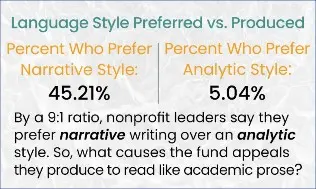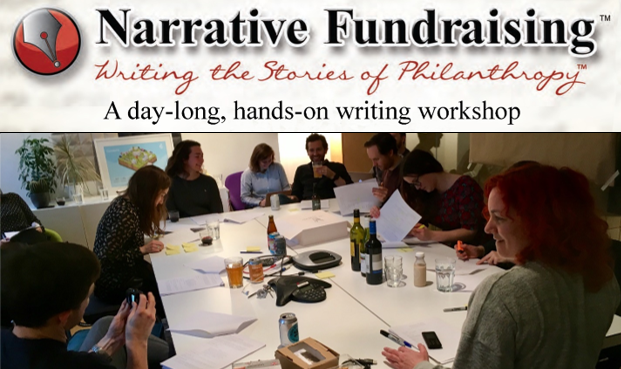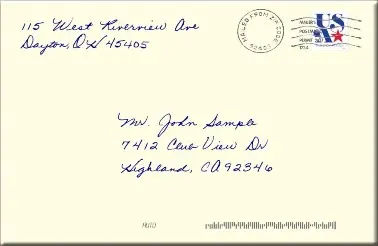Infusing FUND APPEALS WITH THE DRAMA OF STORY
Write Better | Raise More | Serve More
HIGH TOUCH COMMUNICATION
A story can convince a doubting mind, touch a complacent heart, and move a reluctant will to give. So, I was surprised when my research found few fund appeals contain a story inviting a reader to be the hero in a story told by giving. Let us write a narrative fund appeal for you.
“We couldn’t handle the intrusion of high tech without creating some high touch human ballast.”
John Naisbitt, Megatrends
Stories create the ballast that connects donors to people and causes. Let us write a story-based fund appeal for you.
“We couldn’t handle the intrusion of high tech without creating some high touch human ballast.”
John Naisbitt, Megatrends
Stories create the ballast that connects donors to people and causes.

Research
Ph.D. research at Claremont Graduate University tallied the distribution of 67 linguistic features in fundraising texts.
I assumed data would find that the typical fund appeal reads like a conversation with a friend sounds. But analysis of 1.5 million words in 2,412 appeals found the opposite.
Fund appeals were found to contain few of the 29 linguistic features that create personal involvement and narrative. They focus on information.
Rather than telling stories, appeals often stated propositions, arguing for them using 5 informational and 4 non-narrative linguistic features.

Education
Like building a house, a text has 3 dimensions of linguistic construction:
- Rhetorical Superstructure:
A story-based fund appeal begins with an intentional plan (think blueprint). - Linguistic Substructure:
A narrative appeal leverages 29 linguistic features that create a narrative, relational tone. (think materials like wood, wire, pipe). - Stylistic Infrastructure:
Strong copy creates imagery, clarity, repetition, and dialogue (think interior design).
Learn to write your own appeal at our Narrative Fundraising Seminar.

Service
Most know a good story when they see one. But few see what makes a good story good. Even though, by a 9:1 ratio, fundraisers prefer narrative over dry exposition, they still seem to be writing for a professor who is no longer there.
Break that habit. Let us write a story-based fund appeal for you. We will design, print, personalize, and address it in simulated handwriting. Then, we will affix and cancel a nonprofit stamp so it looks first-class and gets opened.
For American Heart Association, 50,000 greeting card style fund appeals lifted response 346% over 50,000 window envelope appeals. The test appeal was then sent to 1,077,067 homes.

Not all important objectives are equally important
Peter Drucker believed a leader must plan for and manage work to achieve goals in 8 key-result areas:
1.) marketing, 2.) innovation, 3.) human organization, 4.) financial resources, 5.) physical resources, 6.) productivity, 7.) social responsibility, and 8.) profit.
But he held an intentionally imbalanced and purposefully undemocratic view about two of these.
To Peter Drucker, two key result areas mattered more than the all the rest:
“Marketing and innovation are the foundation areas in objective setting. It is in these two areas that a business obtains its results.”
Then, lest his message not be clear, Peter eliminated any wiggle room by adding:
“The business enterprise has two—and only these two—functions: marketing and innovation. Marketing and innovation produce results all the rest are costs.”
When I was one of his students, Drucker had just released his book, Managing the Nonprofit, and I had led fundraising training at a Philanthropy 400 nonprofit that now raises $750 million annually. Advice from Peter made it clear that like a commercial enterprise, a nonprofit runs two businesses:
• Business-1: Serving people and causes • Business-2: Raising funds needed to run Business-1
Marketing for a nonprofit is fundraising. And innovation for a nonprofit enhances both its service to those it exists to help, and the fundraising needed to deliver those services. Let us enhance your marketing to potential donors using innovative, fundraising solutions.
THESE TWO OBJECTIVES MATTER MOST:
Innovation: Our personalized envelopes stand out from mass-produced mail and get opened.

An A-7 invitation envelope is addressed with a simulated handwriting that out-performed real handwriting. And a cancelled nonprofit stamp creates a first-class mail look.
Marketing: We humanize causes by showing how a gift can create hope.

A note card cover shows the stakes at play in a refugee crisis and invites the reader to offer hope by contributing.
INNOVATION
Shapes how nonprofit imagines and implements new ways to serve.
Marketing
For a nonprofit is fundraising—its sine qua non (that without which not).
THESE TWO OBJECTIVES MATTER MOST
Without funds, a nonprofit ceases to exist. So, High Touch Communication exists to help nonprofits write better, raise more, and serve more. We do this through our fundraising research, education, and service.
Going into my research, I assumed large national nonprofits hired the best who wrote the best and raised the most. Not so. Comparing my results to a similar study of small Midwest nonprofits by Indiana University’s Thomas Upton and Ulla Connor, the fund appeal writing of the Indiana nonprofits they studied was better than that of the premier national nonprofits. Large and small nonprofits alike need to write better fund appeals.
On April 14, 1970, Apollo 13 astronaut Jack Swigert radioed mission control: “Houston, we have a problem.” An explosion had jeopardized the craft’s oxygen supply. Funding for the nonprofit sector has been low on funds, hovering at 2 percent of GDP, for decades. Let us help you can write better, raise more, and serve more.

